
Stories From Sydney
storiesfromsydney
History of the Harbour City
- 1 hour 7 minutesA Sirius Supply Issue
In this episode, we explore the very earliest years of the colony in Sydney Cove by following the fates of two ships: Sirius and Supply. Join us as we learn about a struggling outpost on the brink of starvation, and the extreme lengths they would go to fetch some flour.
This episode is full of quotations from First Fleet diaries, which were found in the excellent Buried Alive: Eyewitness Accounts of the Making of a Nation by Jack Egan12 September 2024, 8:36 am - 1 hour 19 minutesThe Definitive History of Sydney's Water Sources
In this particularly lengthy episode the boys chart the history of Sydney's drinking water from the well-known Tank Stream to the well-known Desal plant, with stop-offs at several obscure systems along the way. Jed's enthusiasm for the minutae of water volumes is only surpassed by Alistair's pure joy at finally learning where the water he's been swilling for most of his life has travelled from.
To get the most out of this episode you'll want to arm yourself with a map of Sydney's drinking water catchments. We recommend this one from Sydney water: https://www.waternsw.com.au/__data/assets/pdf_file/0004/55975/Fact-sheet-and-map-Sydney-drinking-water-catchments.pdf or this slightly altered version from the Welcome Reef Dam astroturfing campaign: https://welcomereef.com/sydney-water-catchments/
Sources for this episode include:
- wikipedia
- Sydney History youtube channel
- UNSW ARTS3242 Course playlist on youtube
- Sydney's Water Sewerage and Drainage System by Donald Hector. Originally published in the Journal and Proceedings of the Royal Society of NSW, Vol. 144, p. 3-25, 2011
5 August 2024, 10:25 am - 54 minutes 4 secondsSurfing at Freshwater
We discuss the life of father of surfing Duke Kahanamoku and his trip to Australia in 1914, where he gave a surfing demonstration at Freshwater beach which popularised surfing in this country. Intertwined with the story of this legendary Hawaiian is that of early Australian female swimming pioneers, and the explosion of beach culture in the early 20th Century.
Sources:David Davis: Waterman, The life and times of Duke Kahanamoku - A thorough biography of Duke
Waterman - A high quality documentary about Duke Kahanamoku with lots of primary footage
Phil Jarratt: That Summer at Boomerang - Duke's trip to Freshwater from an Australian perspective
We'd also recommend this gallery of wonderful images of Duke21 July 2024, 8:00 pm - 1 hour 9 minutesThomas West of Barcom Glen
This episode Jed digs up a history book that tells the story of one of colonial Sydney's early families.
Like so many others, Thomas West found himself in Sydney in 1801 as a guest of the crown. From inauspicious beginnings, West quickly established himself as a capable man, right as the colony was beginning to boom. Having what appears to be a personal relationship with Governor Macquarie, within 10 years of arriving in chains West managed to secure himself an unofficial land grant on the South Head Road, beyond the edge of Sydney town, to establish Sydney's first water mill.
West's story brings 19th century Sydney to life as he crosses paths with familiar characters and navigates the political, economic, social and ecological changes of his day.
8 July 2024, 7:55 am - 1 hour 9 minutesWhale Tales
In this episode, we discuss the significance of the whaling industry in the early history of Sydney, jumping from familiar Sydney locations like Liverpool, Mosman, and Neutral Bay, all the way down the coast to Eden, and even the foundation of Hobart.
Whales celebrate the drilling of oil wells - A Vanity Fair cartoon depicting whales celebrating the Pennsylvania oil rush
The whale ghosts - A short story set in Mosman which uses its whaling past as a motif - appeared in Overland in 2021
Whaling in Eden - An ABC podcast episode on the killer whales in Eden
A short history of lighting - A great ten minute listen which emphasises the importance of whale oil for lighting23 June 2024, 8:00 pm - 1 minute 3 secondsThe Many Schemes of JJC Bradfield
John Job Crew Bradfield was one of the defining engineers of early 20th century New South Wales. In this episode we discuss the man's contribution to Sydney's water and transport systems and his largely unrealised vision to completely reshape the hydrology of inland Australia. As unlikely as that might sound, proponents of Bradfield's eponymous scheme continue to reference him to this day as they call for massive water diversion programs to fulfill their own nation building fantasies.
Further reading:
The City and Suburban Electric Railways and Sydney Harbour Bridge - JJC Bradfield (1924)
Watering Inland Australia - JJC Bradfield (1941)
The Revised Bradfield Scheme (1981)
Bradfield, 75 Years On (5 part blog series) - The Strategic Week
10 June 2024, 9:38 pm - 43 minutesPlant Stories!
In this short and punchy episode the boys discuss three different plant species/genera common to Sydney Harbour. Yes, genera is the correct word for the plural of genus, and hence we would like to apologise in advance for insisting on using 'genuses' throughout the episode.
Listen in to our last episode of Season 4 as we discuss some well known facts, obscure trivia and maybe even the odd tall tale about three plants dear to Jed's heart; Lomandra longifolia, Xanthorrhoea and Tetragonia tetragonioides!
10 April 2023, 3:55 am - 1 hour 5 minutesBungaree
In this episode we discuss Bungaree - a significant figure in the early history of Sydney and part of the first voyage to ever circumnavigate the continent of Australia!
The detailed "King Bungaree" by Keith Vincent Smith was our major source for this episode.26 March 2023, 7:00 pm - 1 minute 5 secondsYarramundi, Colebee and Maria of the Boorooberongal clan: A Dharug Dynasty
In this episode Jed attempts to tell the multi-generational story of Yarramundi, Colebee and Maria of the Boorooberongal clan of the Dharug people of what is now Western Sydney.
From the first encounters between the Dharug and the British on Dyarubbin in 1791, to the first ever land grant from the British regime to the original inhabitants of Australia in 1816, from Macquarie’s aborted ‘native institute’, the first Indigenous/British marriage and all through the stolen generation to the present day, Yarramundi’s family have been at the centre of the unfolding relations amongst the people that call Western Sydney home.
In this podcast we discuss The History Listen podcast episode Yarramundi and the people of Dyarubbin and the Sydney University research that debunks one of the stories they tell. As with anything do with the people of Dyarubbin, Grace Karskens research is wonderfully helpful and the State Government published Dyarubbin: Mapping Aboriginal history, culture and stories of the Hawkesbury River that she was involved with is well worth a look if you’re interested in the specific geography of these last few episodes.
Lastly, at the end of the episode we plug The Australian Histories Podcast and Jed also mentions a book he read on William Buckley, which is Jock Serong’s Buckley’s Chance.
12 March 2023, 10:16 pm - 1 hour 1 minuteRiver Rocks and Where to Find Them
In this episode we discuss the excavation of the Lapstone Creek rock shelter and what it tells us about Aboriginal history and culture in the Sydney region. Tune in to learn more about where you can find the best rock in the region for making stone tools, how it got there, and what kind of innovative uses it was put to by Aboriginal people over their staggeringly deep occupation of this continent!
Sources:
Grace Karskens: People of the River - a wonderful book
The Lapstone Creek Excavation - the foundational text of Australian archaeology
Sourcing Stone from the Sydney Region - a hatchet job
Castlereagh and Penrith Lakes - a lovely blog post
Penrith Lakes Scheme - an aspirational video of what the quarried moonscape could become26 February 2023, 7:00 pm - 1 hour 42 minutesA Partial Account of Watkin Tench’s Journeys to the Hawkesbury-Nepean
We're back for Season 4! Instead of our usual 2 minute teaser episode we are launching with a bang: just shy of 2 hours of mostly 18th century prose!
In this episode Jed surprises Alistair with a dramatic reading of several passages from Watkin Tench's 1793 publication 'A Complete Account of the Settlement at Port Jackson'. The stories we explore relate to some of the first journeys the colonisers made to Dyarubbin, the river that they had mistakenly identified as both the Hawkesbury and the Nepean.
Tench's writing gives us access to life on the river in the first years of the colony and shows some of the earliest interactions between the British and the Dharug people in the brief period before their displacement began.
12 February 2023, 10:26 pm - More Episodes? Get the App
Your feedback is valuable to us. Should you encounter any bugs, glitches, lack of functionality or other problems, please email us on [email protected] or join Moon.FM Telegram Group where you can talk directly to the dev team who are happy to answer any queries.
 The Party Room
The Party Room
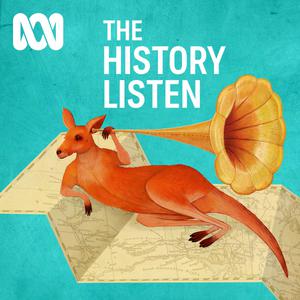 The History Listen
The History Listen
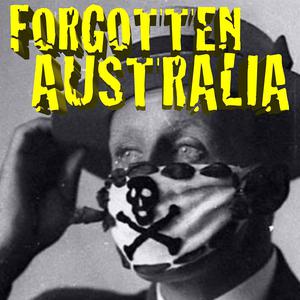 Forgotten Australia
Forgotten Australia
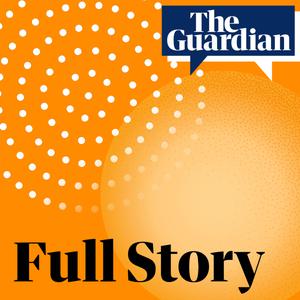 Full Story
Full Story
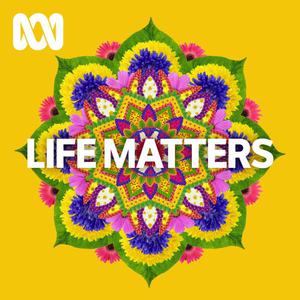 Life Matters - Full program podcast
Life Matters - Full program podcast
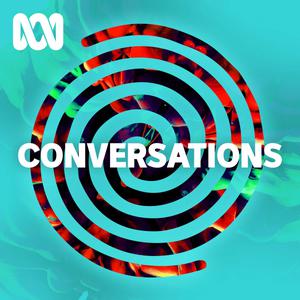 Conversations
Conversations